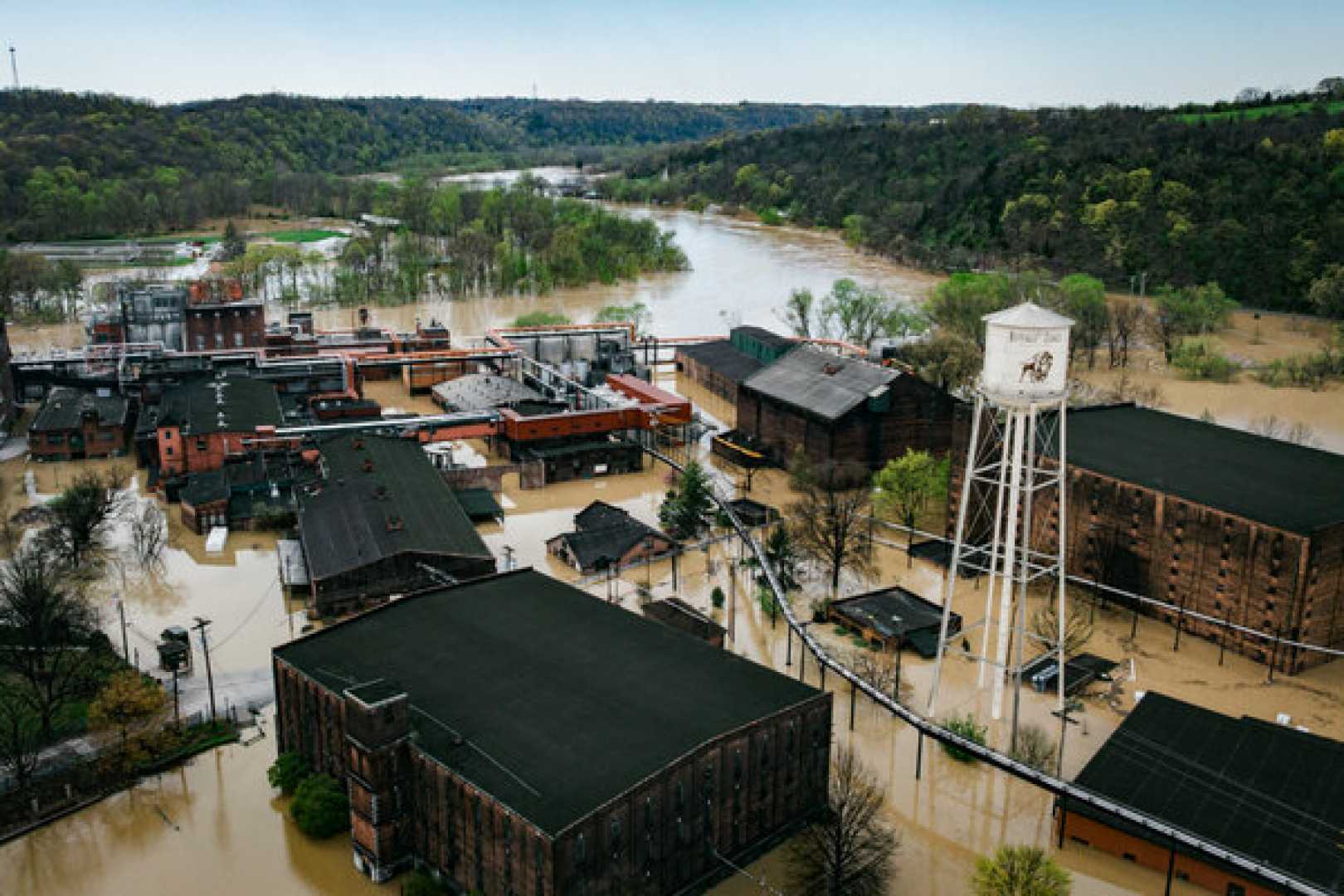News
Climate Change Made April Rainfall in Mississippi Valley 40% More Likely

Jackson, Mississippi – A new study reveals that human-caused climate change significantly increased the likelihood and severity of the catastrophic rainfall that occurred across the central Mississippi Valley from April 3 to April 6, 2025. The analysis, conducted by a coalition of leading climate scientists from the World Weather Attribution group, found that the record rainfall was made about 40% more likely and 9% more intense due to climate change.
The storms resulted in devastating floods across eight southern and midwestern states, claiming at least 15 lives and causing devastation to crops, homes, and infrastructure. The heavy rains inundated local communities, leading to power outages for hundreds of thousands of households and sweeping away vehicles. Economic damages from the flooding are estimated to be between $80 billion and $90 billion.
According to the study, unusually warm ocean temperatures in the Gulf of Mexico contributed significantly to the storms by providing extra moisture. Researchers found that surface sea temperatures were 2.2°F (1.2°C) hotter than pre-industrial times, making such conditions 14 times more likely. The analysis also noted that similar downpours are expected to occur once every 100 years under current climate conditions.
Friederike Otto, a senior lecturer in climate science at Imperial College London, emphasized the importance of effective forecasting and early warnings. She stated, “These floods didn’t make front pages, but they should have. At least 15 people died, homes were ruined, and farmland turned into swamps.”
Despite the tragic circumstances, the National Weather Service (NWS) played a critical role in reducing casualties by issuing 728 severe weather warnings during the event, the third-highest number on record. “Understanding precisely where and when these unnatural extreme events will strike is vital for protecting public safety,” said Shel Winkley, a weather and climate engagement specialist at Climate Central.
However, the situation is dire. The NWS is experiencing significant staffing shortages, with nearly half of its offices facing vacancy rates over 20%. Rapid budget cuts and layoffs could hinder future forecasting efforts. “If we start cutting back on these offices, the unfortunate result is going to be more death,” warned Randall Cerveny, a climate professor at Arizona State University.
The study indicates that if current trends in fossil fuel consumption continue, events like the April storms could become twice as likely and 7% more intense by 2100.












